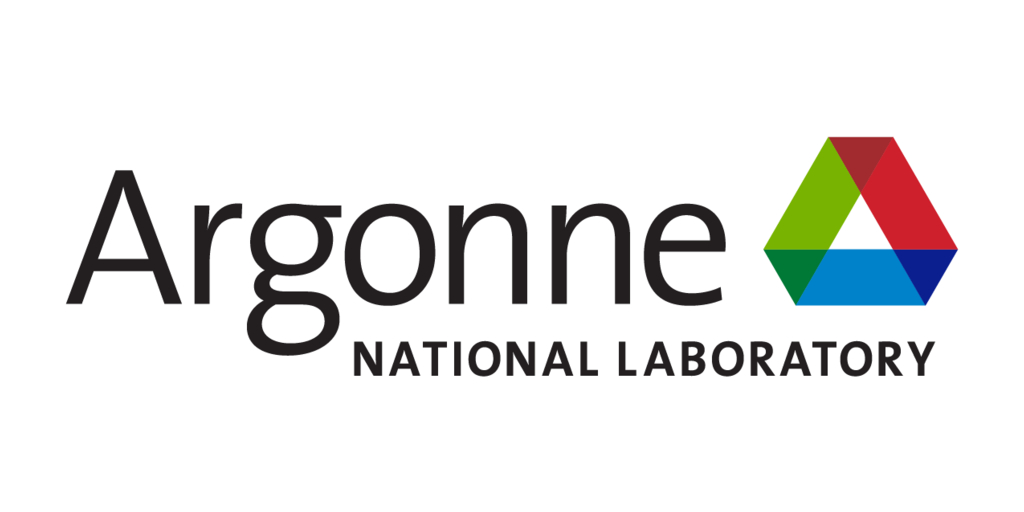Facing a potentially warmer, drier Washington state, Argonne develops plans to be sure nuclear power plants stay cool
LEMONT, Ill.–(BUSINESS WIRE)–Climate scientists and nuclear science and engineering experts at the U.S. Department of Energy’s (DOE) Argonne National Laboratory are joining forces to develop a plan B for nuclear power in Richland, Washington.
Scientists at the Lab will use Gateway for Accelerated Innovation in Nuclear (GAIN) funding from DOE to work with Washington’s Energy Northwest to inform the design and selection of future nuclear reactor cooling systems and their impacts on electricity cost.
Rick Vilim, manager of the Plant Analysis and Control and Sensors department in Argonne’s Nuclear Science and Engineering division, leads the effort with Rao Kotamarthi, senior scientist in Argonne’s Environmental Science division.
According to Vilim, the most economical and best way to cool a reactor is to use a local, flowing waterway, such as a lake or a river, for “wet” cooling. This makes it possible to easily conduct heat away from a reactor and its cooling rods. That’s the current design employed at Washington’s nuclear power plant, the Columbia Generating Station in Richland, which produces nearly zero greenhouse gas emissions and roughly 8% of the state’s electricity. It relies on a steady, cool flow of water from the Columbia River to keep its temperature down.
However, when considering construction of future nuclear power plants, Energy Northwest thought it prudent to develop a contingency plan if the river conditions change. Despite the well-established wet climate of its most populous city, Seattle, Washington state is quite temperate and arid east of the Cascade Mountain Range. If changing climate models indicate that hotter, drier days lie ahead, more aridity will affect the volume, flow and temperature of the Columbia River.
An alternate dry cooling design, Vilima explains, uses ambient air circulated across a reactor’s heat exchangers instead of relying on a river or lake to conduct heat away from a reactor, using fans or physics similar to those in a house chimney or car radiator.
“Dry cooling is not quite as efficient or as economical as wet cooling, but if wet cooling isn’t available, it’s your best option,” Vilim said.
Kotamarthi and his team can perform impact analyses of risks from a changing climate, such as drought, heat waves and wildfire. The team can also provide translation of what that data means for local, immediate decisions and recalculate the data to demonstrate the effect 25 or 50 years from now. High performance computing resources at Argonne give Kotamarthi and his team the capability to develop very high-resolution regional scale climate model projections. Current model resolution is about 12 kilometers, but newer models in development are expected to get as specific as a 4-kilometer area.
For more information about the GAIN program, see this list of DOE GAIN voucher winners.
To learn about potentially partnering with Argonne, visit the Work With Us section of our site. You can also submit a formal partnership inquiry.
Contacts
Christopher J. Kramer
Head of Media Relations
Argonne National Laboratory
Office: 630.252.5580
Email: media@anl.gov




